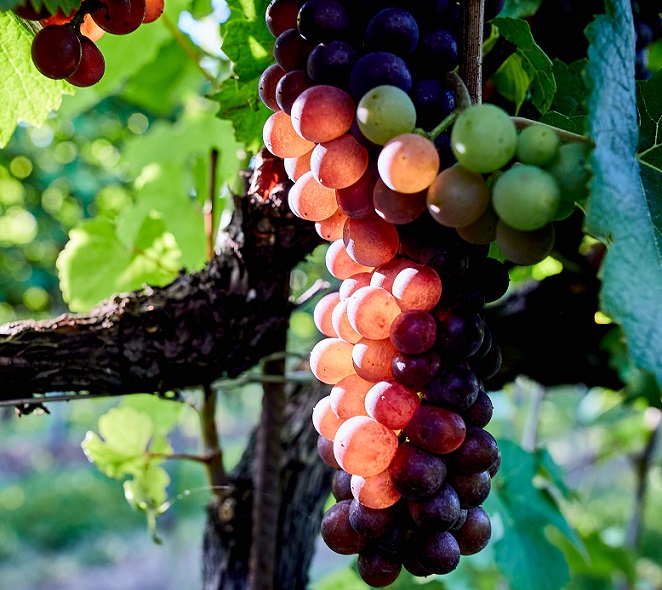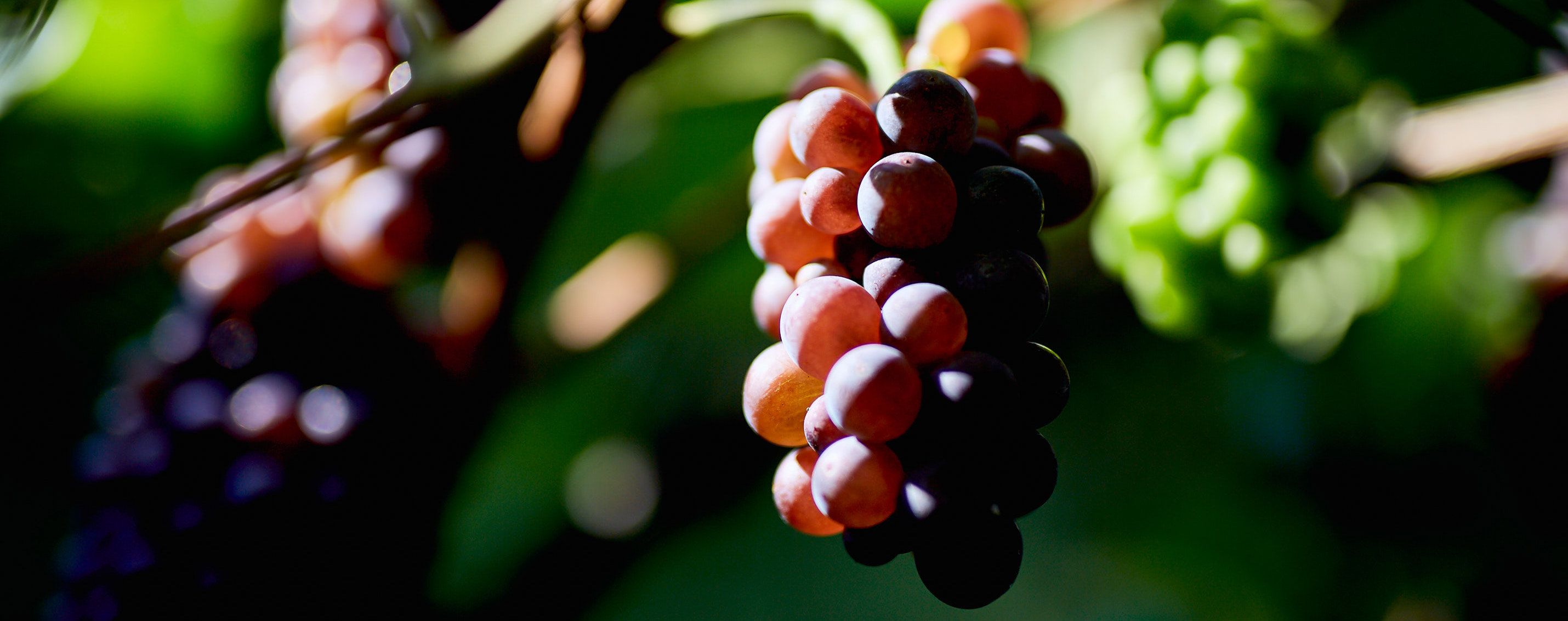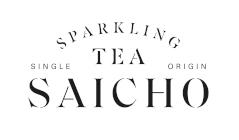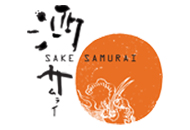The study, carried out in Italy on 17 of the 21 clones registered in the National Register of Grape Varieties, has named the clones most susceptible to Botrytis cinerea and bunch rot, the most and least vigorous, those with the highest soluble solid content, and those with the best aromas and flavours when produced with and without skin contact.
The study also reveals that the severity of Botrytis cinerea and bunch rot was not correlated with the vigour of the plant but rather with the hardness of the skins, content of soluble solids, soluble solids/total acidity ratio, pH, and total acidity.
The researchers conclude that there is no perfect clone and suggest planting several clones “through which to synergistically enhance and valorise the productive and qualitative potential in a specific terroir”.
But they do name the best clones with certain characteristics and the worst-performing clones in the vineyard in northeast Italy where the research was carried out.
Most of the world’s plantings of Pinot Grigio are found in northeast Italy, which accounts for 40.4% of the global plantings and equates to 1.8m hectolitres of wine.
Which clone?
Clone H1 is among the most susceptible to Botrytis cinerea and bunch rot, according to the study, being the only one to fall into the highest infection class in two of the three years under investigation. It is among the clones with the highest sugar content, the least resistant skin and tends to have the lowest total acidity.1 GM was among the least susceptible clones to Botrytis cinerea and bunch rot in all three years of the trial (2019 to 2021) and is the only clone to fall into the lowest infection class. It is among the clones with the lowest soluble solid content and is among those that have the greatest resistance to skin penetration.
The 1 GM clone is also among the least vigorous yet one of the most productive thanks to its high bud fertility; it has among the heaviest clusters, and its wine exhibits the highest olfactory intensity.
CRAVIT ERSA FVG 152 clone is among the least productive and has one of the highest total acidity levels.
The B10 clone is among the less productive, has low bud fertility and soluble solids content, shows the lowest alcohol content in its wine, and is moderately susceptible to Botrytis cinerea and bunch rot.
ERSA FVG 151 is one of the clones with the highest soluble solid content but also has high susceptibility to Botrytis cinerea and bunch rot and falls into the ‘high’ infection class together, with VCR 5, ENTAV 52, ISV F1 Toppani, and F 13 CSG, in the ‘high infection’ class. However, the wine was the most appreciated in the sensory analysis.
In 2020, the wines from the ENTAV 52, R 6, 1 GM, and F 13 CSG clones were appreciated for their greater olfactory intensity and some taste notes. The wine of B10 was among the least appreciated, while in 2021 – when skin contact was used – the wine of the VCR 5 clone prevailed for greater colour and taste intensity. Overall, the R 6 and ERSA FVG 151 clones were rated with the highest scores in 2020 and 2021, respectively.
For various reasons, the H1, 2-15 GM, and B10 clones (the latter also from an oenological standpoint) appear to be poorly suited to this cultivation area, while the ERSA FVG 151 clone, although probably not yet fully expressed in local viticulture, is recommended by the producer as a basic clone to improve the performance of new plantings of this cultivar, due to its quality and oenological characteristics.

The clones come from four different European countries: Italy, France, Germany, and Hungary. They were grafted onto Kober 5BB rootstock (Vitis Berlandieri x Vitis Riparia).
Botrytis cinerea was controlled using Amylo-x, a fungicide based on Bacillus amyloliquefaciens (1 treatment in June after flowering, 2kg/ha), and Switch, a fungicide based on ciprodinil and fludioxonil (1 treatment in July before véraison, 0.8kg/ha). Treatments were applied using tunnel atomisers with drift recovery.
The research paper was published in OENO One (Vol 58, no2, 2024).

 English
English French
French







.png)


